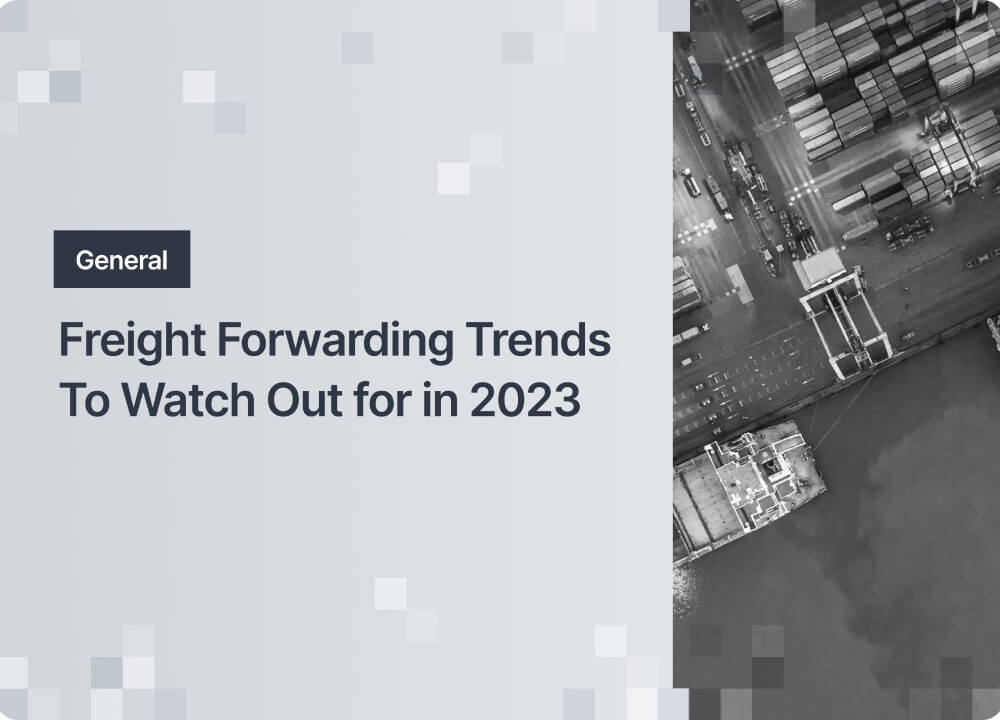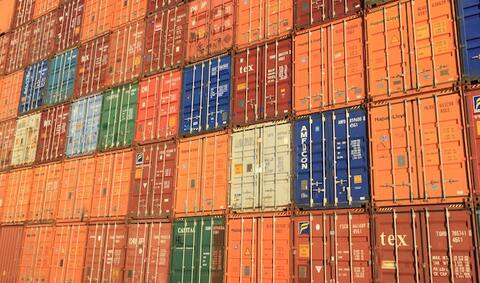If the events of the last three years have taught us anything, it is that disruptions on a global scale are something that we should expect and prepare for. From the COVID-19 pandemic and Suez Canal obstruction to the war in Ukraine, the ripple effects of events in 2022 will indeed carry over to 2023. Moreover, COVID-19 persists in certain areas, and there is no end in sight for the Ukraine war as of press time. The ensuing consequences have resulted in chain reactions that affect the supply chain for the foreseeable future. Gleaned from the experience in 2020, we still see similar events, albeit in regional settings, which nevertheless affect the global supply chain in general. What is clear is that for freight forwarders to survive, preparedness is the key.
What To Expect for 2023?
As freight forwarders formulate their strategies in 2023, it is important to note that unpredictability and uncertainty are key considerations. However, some trends hold promise to ensure that astute freight forwarders can thrive in 2023 and beyond, not just survive.
Uncertainty Will Persist
Globally impactful events from 2022, including the Ukraine War and regional outbreaks of COVID-19, especially in China, have had a substantial disruptive effect on the global supply chain. The effects of COVID-19 don’t just end with the quarantine measures implemented in 2020; the consequences have now led to inflation and a subsequent rise in interest rates to offset their effects. Another ripple effect of previous years’ events are staffing shortages and incredible demand peaks. These events and consequences have pushed the freight forwarding business to breaking point. These various unpredictable challenges will persist in 2023.
Sustainability in the Freight Forwarding Business
The preference for sustainable products and services has increased in recent years. In a 2022 study published by Simon Kucher & Partners, 71% of consumers globally are moving towards buying products and making lifestyle changes that favor sustainability. The freight forwarding business is a key participant in the shift towards reducing emissions worldwide. With the logistics industry accounting for a significant proportion of CO2 emissions, sustainability will also become a key factor in formulating strategies in all aspects of the freight forwarding business. Another trend related to sustainability is the circular supply chain. This byword is beginning to be adopted by an increasing number of companies to reduce overall costs and eliminate waste. In the case of the freight forwarding industry, an example is recycling and reusing containers as much as possible. Though this has been practiced for decades, the advancements in communication and information technology in recent years have enabled freighters to get containers back quickly.
Elastic Logistics
Another trend freight forwarders should look into is the ability to be responsive to uncertainties caused by the ripple effects of global events and subsequent economic ramifications. Freight forwarders, by adopting elastic logistics, can adapt to fluctuating market demands. Elastic logistics also offers the robustness to tide through any variables presented by supply chain issues, such as carrier space, shipment times, container usage, supply chain disruptions like adverse weather events, and route optimization. Moreover, elastic logistics helps freight forwarders achieve stability and maintain their competitiveness.
Internet of Things (IoT) Implementation
The Internet of Things involves the interconnection of objects with sensors that transmit and receive information through satellite communication, exchange information over the internet, or both. Many freight logistics companies were migrating toward digital transformation at an accelerated rate in 2022. More freight logistics companies will adopt this trend in 2023 to increase overall supply chain efficiency. The Internet of Things will be involved more in logistics as it connects every moving element, thereby adding value to the supply chain. The information IoT devices provide freight logistics companies will allow them to react proactively to minimize downtime, achieve maximum customer satisfaction, and make their operations more efficient.
Introduction of Artificial Intelligence
As the Internet of Things becomes more widely deployed across all aspects of logistics, artificial Intelligence is seen as the next wave that will gain more traction in 2023. Artificial Intelligence may come from algorithms that analyze historical data to help logistics software automate procedures and make operations more efficient. Artificial Intelligence helps freight logistics companies and can be crucial in minimizing guesswork in planning and procurement. By analyzing trends, Artificial Intelligence can help minimize human errors when managing inventory and buying cycles.
Digital Freight Forwarding Solutions Are More Essential Than Ever
Digital transformation is becoming a must in the freight forwarding industry. With uncertainties becoming a norm in the industry, freight forwarders will need the right tools to ensure that they will survive and thrive despite the supply chain’s challenges. Aside from helping freight forwarders control and coordinate the movement of goods, digital freight forwarding solutions help businesses in many ways, such as:
- Giving companies the ability to centralize operations and analyze data in real-time
- Allowing freight forwarders to automate and simplify operational work
- Integrating functions that allow freight forwarders to be more efficient
- Providing companies the ability to measure and analyze data to overcome demand and supply challenges
- Allow freight forwarders to improve customer service by providing real-time shipment data to their clients
These advantages will help freight forwarders plan and prepare for the uncertainties expected in the near term. Moreover, the simplification of tasks, and the ease of training, can help solve staffing issues.
Conclusion: 2023 Is a Year of Further Challenges and Opportunities
Though the last three years have seen seismic events that rocked the freight forwarding industry, the global supply chain remains resilient. However, the consequences of previous years’ events and the economic uncertainties accompanying them will continue to strain the shipping industry. Understanding industry trends and taking action to improve efficiency by leveraging technology are the keys to surviving and thriving. If unexpected disruptions cease, robust companies that have made meaningful steps to be efficient will be in the best position to seize opportunities. GoFreight provides one of the industry’s best all-in-one freight forwarding solutions. GoFreight has a user-friendly interface, a track-and-trace function, excellent customer support in English and Chinese, can manage all documents in a single platform, a robust accounting module, and constant upgrades available, among other perks. GoFreight can provide the right tool for freight forwarders to overcome the challenges that may come this year and in the future.












